Pilots rely on airplane hangars to house their beloved aircraft. Strength and staying power are crucial in keeping their planes safe and shielded from the elements between flights.
We thought it would be fun and amusing to look at some of the largest aircraft hangars in the world. They are, indeed, stunning pieces of engineering.
Hangar-7
 A hangar famous throughout Europe, Hangar-7, built in the 1990s is in Salzburg, Austria. Built by Red Bull founder Dietrich Mateschitz, the 71,832 square-foot structure houses rare and prized planes owned by the Flying Bulls – a group of airplane enthusiasts.
A hangar famous throughout Europe, Hangar-7, built in the 1990s is in Salzburg, Austria. Built by Red Bull founder Dietrich Mateschitz, the 71,832 square-foot structure houses rare and prized planes owned by the Flying Bulls – a group of airplane enthusiasts.Hangar-7 is also home to Restaurant Ikarus, a Michelin-rated high-class restaurant with rotating guest chefs.
Spruce Goose Dome
 If you’ve been to Long Beach, California, you’ve probably seen the iconic Spruce Goose Dome. It housed Hughes Aircraft’s H-4 Hercules, affectionately nicknamed the “Spruce Goose” due to it’s wooden construction.
If you’ve been to Long Beach, California, you’ve probably seen the iconic Spruce Goose Dome. It housed Hughes Aircraft’s H-4 Hercules, affectionately nicknamed the “Spruce Goose” due to it’s wooden construction.The H-4 has the largest wingspan of any aircraft ever built, but it was never actually deployed as it wasn’t completed until after World War II, for which it was developed.
The 75,000-square-foot dome is no longer used to house aircraft, and is now used an event space for The Queen Mary Hotel.
Lockheed Air Terminal
 The 163,344 square-foot Lockheed Air Terminal hangar has been in use since World War II.
The 163,344 square-foot Lockheed Air Terminal hangar has been in use since World War II.During that time, netting was used to camouflaged the entire airport to make it look like a rural area. this helped prevent enemy forces from realizing that the military manufactured and stored aircraft there.
Formally on site at the Burbank Airport, the complex is now known as Bob Hope Airport.
Hangar B
 Staying on the west coast of the U.S., you’ll find Hangar B in Oregon. Built in 1942 by the U.S. Navy during World War II, this massive structure once housed both airplanes and blimps.
Staying on the west coast of the U.S., you’ll find Hangar B in Oregon. Built in 1942 by the U.S. Navy during World War II, this massive structure once housed both airplanes and blimps.Constructed at the Naval Air Station in Tillamook, Oregon, the 317,000 square foot building is still one of the world’s largest free-span wooden structures.
Today, it is part of the Tillamook Air Museum.
Hangar One
 Located in the San Francisco Bay Area of California, Hangar One formerly housed an airship called the U.S.S. Macon.
Located in the San Francisco Bay Area of California, Hangar One formerly housed an airship called the U.S.S. Macon.It opened in 1933 and covers roughly 8 acres, with floor space measuring 348,964 square-feet.
Now leased by Google, it even has its own Twitter account.
Goodyear Airdock
 Built in 1929 in Akron, Ohio, the Goodyear Airdock covers 364,000 square feet.
Built in 1929 in Akron, Ohio, the Goodyear Airdock covers 364,000 square feet.
It was originally designed for the construction and storage of aerostats, including the infamous Goodyear Blimp.In 1997, Lockheed Martin acquired the facility, which was previously part of the Goodyear Zeppelin operations.
This acquisition came shortly after Lockheed Corporation merged with Martin Marietta in 1995.
Hangar 375 (Big Texas)
 Hangar 375, affectionately known as “Big Texas,” on San Antonio’s Kelly Air Force Base is recognized as the largest active free-standing aircraft hangar in the world at 600,00 square-feet.
Hangar 375, affectionately known as “Big Texas,” on San Antonio’s Kelly Air Force Base is recognized as the largest active free-standing aircraft hangar in the world at 600,00 square-feet.As an actively used hangar in a US military installation, not much is known to the general public aside from its vast size.
Aerium Hangar
 Located in Brandenburg Germany, the Aerium hangar was built in the mid 1990s.
Located in Brandenburg Germany, the Aerium hangar was built in the mid 1990s.
It was used to house the production and storage of the enormous CargoLifter airship, the CL 160.However, due to a multitude of factors, the CL 160 was never actually built. The 851,500 square-foot marvel is now a large resort and waterpark called Tropical Islands, which boasts the “World’s Largest Indoor Rainforest.”
Although technically no longer an aircraft hangar, the Aerium still remains the world’s largest free-standing hall.
These aircraft hangars are historic, profound, and in many cases tourist sites for people who want to learn more about the history of aircraft, both private and military. In addition to the information above, they are outlined in the table below ranked by size:
| Rank: | Hangar: | Size (sq. ft): |
| 1. | Aerium Hangar | 851,500 |
| 2. | Hangar 375 (Big Texas) | 600,000 |
| 3. | Hangar One | 348,964 |
| 4. | Hangar B | 317,000 |
| 5. | Lockheed Air Terminal | 163,000 |
| 6. | Spruce Goose Dome | 73,000 |
| 7. | Hangar 7 | 71,000 |
| 8. | Boeing Everett (Factory) | 4,300,000 |
While these hangars are vastly beyond most people’s necessity, it is still crucial to house our own planes in sturdy, weather-resistant hangars to help maintain their value and help keep them in good shape and working order for as long as possible.
Honorable Mentions:
GDC Technics Hangar
 They say everything is better in Texas, and the GDC Technics hangar is no exception.
They say everything is better in Texas, and the GDC Technics hangar is no exception.Located in Fort Worth, Texas at the Alliance Airport, the 840,000 sq. ft. hangar was built in 1992 and cost over $90 million dollars to complete.
The hangar was first occupied by American Airlines as a maintenance facility for the airline’s fleet and was considered at the time the largest cantilever hangar in the world. In 2014, it was sold to GDC Technics, a world-renowned completion center known for VVIP aircraft interior completions on Boeing and Airbus wide body aircraft at an undisclosed price.
The massive hangar holds 6 wide bodies and 4 narrow bodies simultaneously, including a 747-400 if needed. The company provides aircraft services for Heads-of-States and individuals of ultra-high net worth including full interior completions, maintenance, refurbishments, satellite upgrades, live tv installation, surveillance, and defense counter mechanisms.
Boeing Everett Factory
 Up the Pacific Coast, in Everett, Washington, is the Boeing Everett Factory.
Up the Pacific Coast, in Everett, Washington, is the Boeing Everett Factory.It’s technically a production plant rather than a hangar, although the Everett Factory does store aircraft: newly finished, Boeing planes.
The absolutely massive structure can be toured as part of the Boeing Factory tour, where the guides will inform you that this 4.3 million square-foot behemoth is also the world’s largest free standing structure, earning it honorable mention status on the list.
For more information about an Alaska Structures fabric airplane hangar, call +1-907-344-1565, email us, or contact us online.
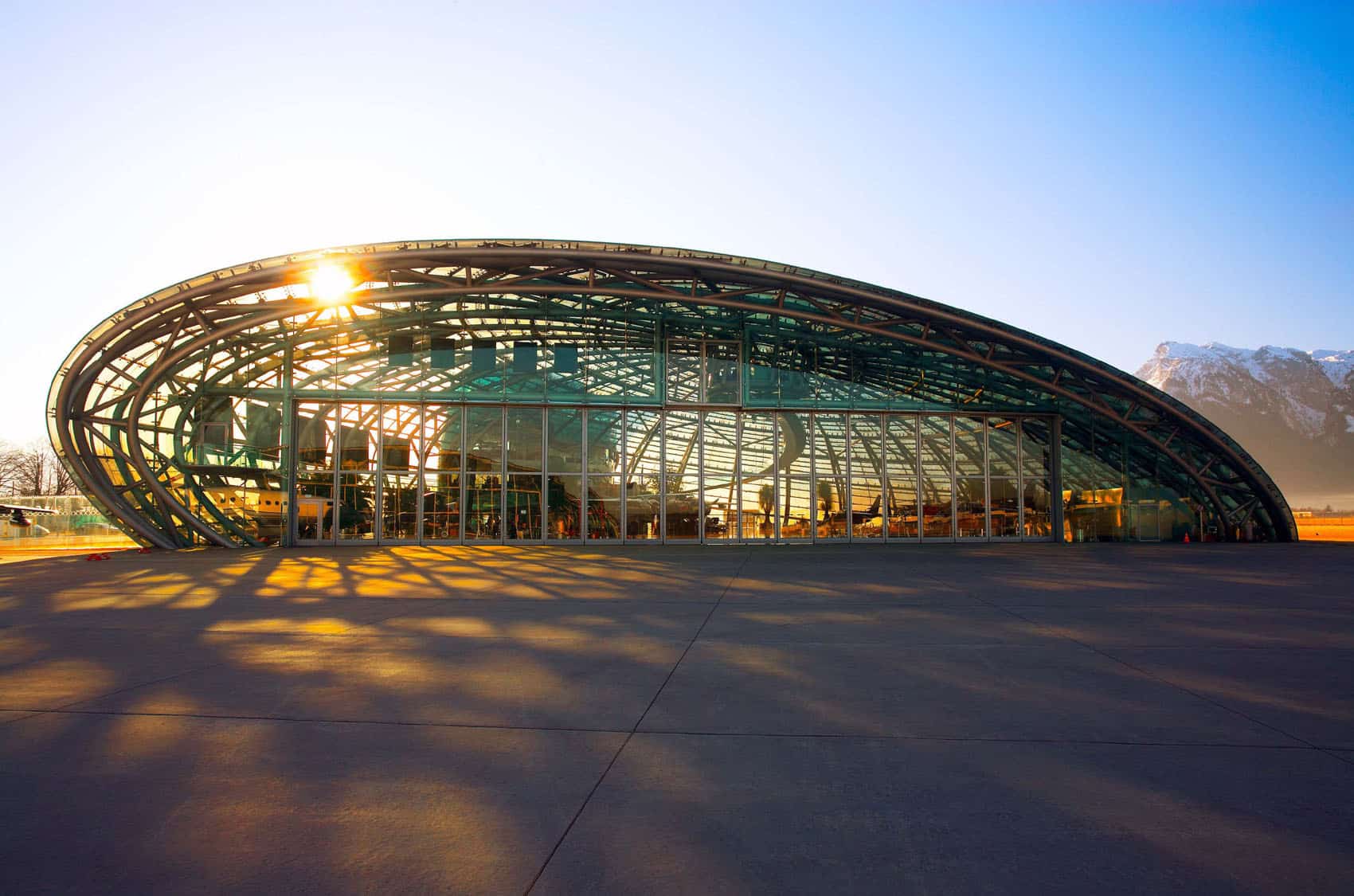
 If you’ve been to Long Beach, California, you’ve probably seen the iconic Spruce Goose Dome. It housed Hughes Aircraft’s
If you’ve been to Long Beach, California, you’ve probably seen the iconic Spruce Goose Dome. It housed Hughes Aircraft’s  The 163,344 square-foot
The 163,344 square-foot  Staying on the west coast of the U.S., you’ll find
Staying on the west coast of the U.S., you’ll find  Located in the San Francisco Bay Area of California,
Located in the San Francisco Bay Area of California,  Built in 1929 in Akron, Ohio, the
Built in 1929 in Akron, Ohio, the 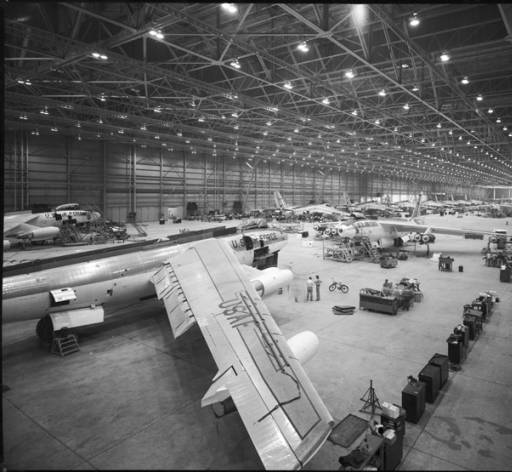 Hangar 375, affectionately known as “Big Texas,” on San Antonio’s Kelly Air Force Base is recognized as the largest active free-standing aircraft hangar in the world at 600,00 square-feet.
Hangar 375, affectionately known as “Big Texas,” on San Antonio’s Kelly Air Force Base is recognized as the largest active free-standing aircraft hangar in the world at 600,00 square-feet. Located in Brandenburg Germany, the
Located in Brandenburg Germany, the 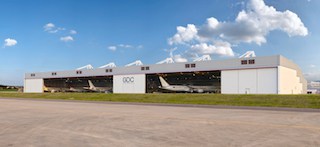 They say everything is better in Texas, and the
They say everything is better in Texas, and the 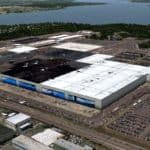
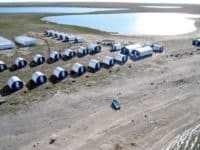
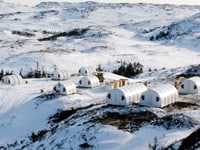
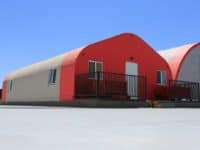

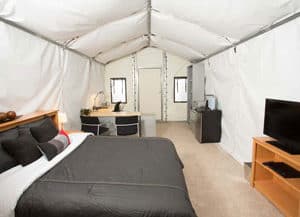

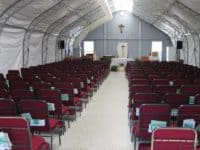
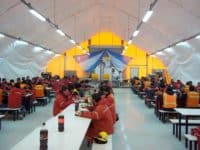
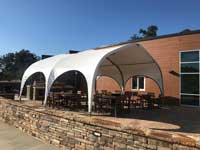


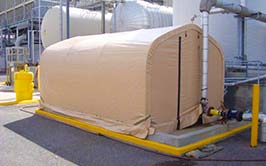

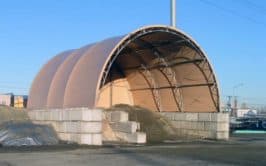
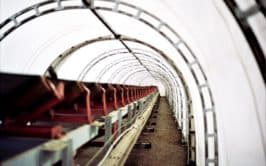
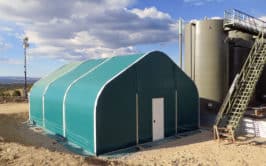
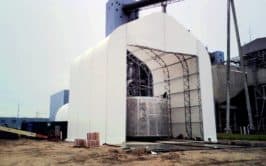
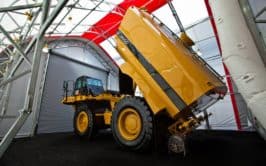
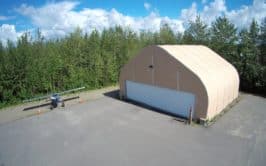
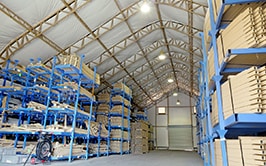

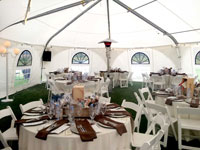
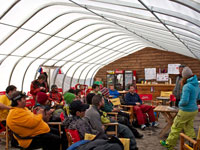

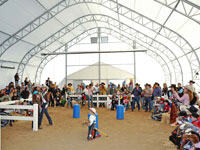
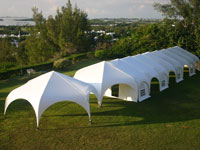
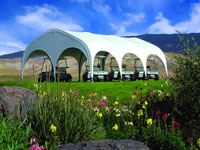

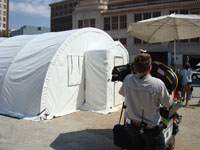

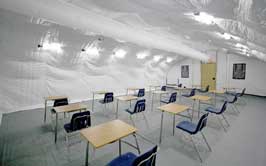
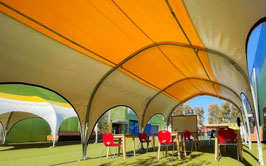

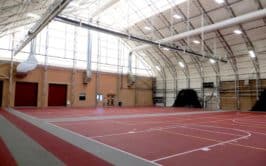



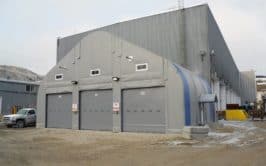

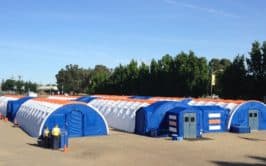

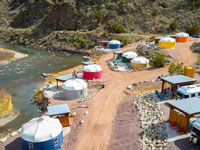
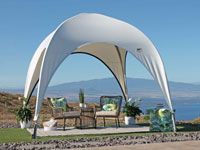
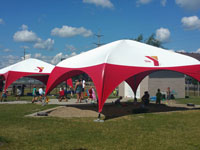
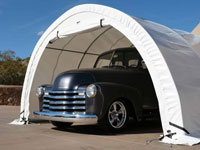
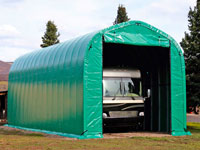
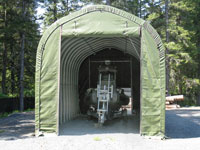

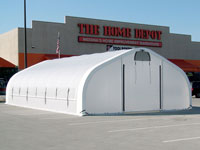
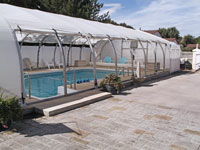
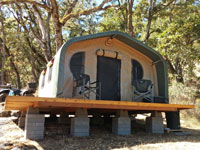
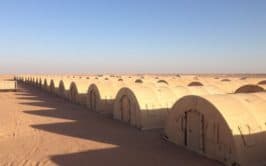
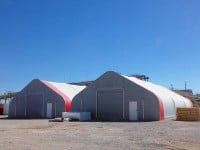
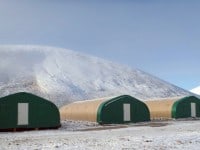
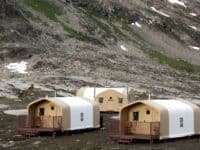
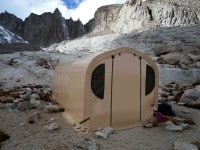
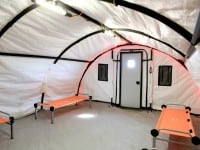
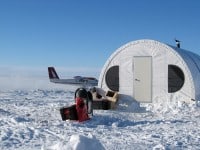


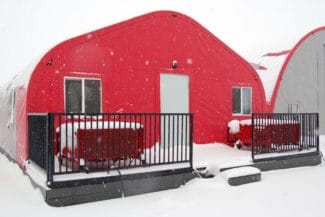

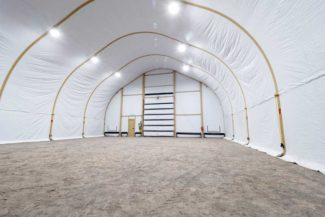
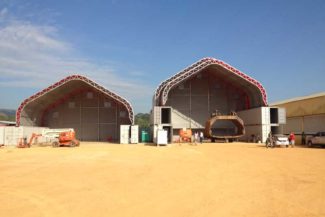
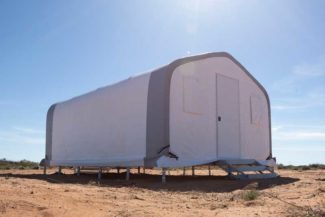
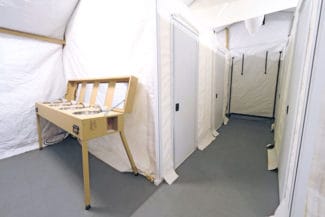

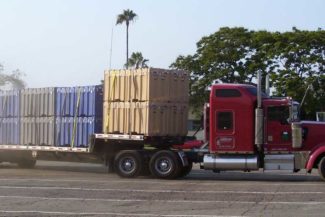
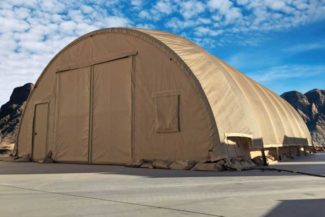
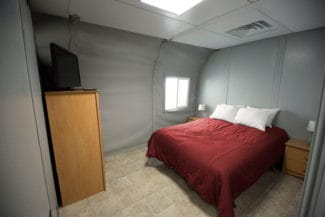
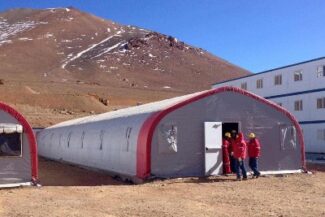
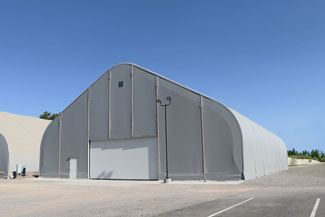
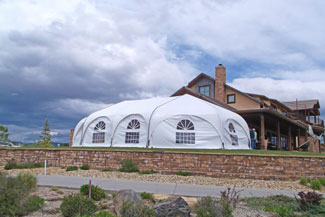
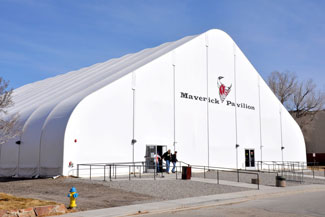
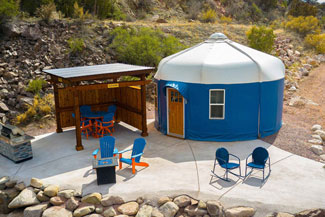
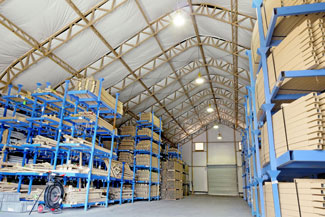
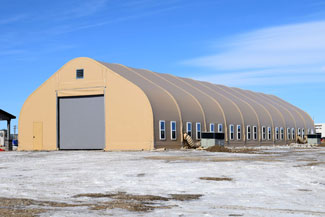
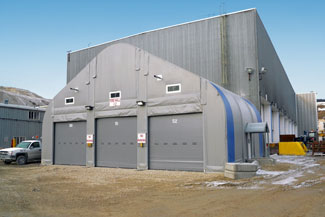
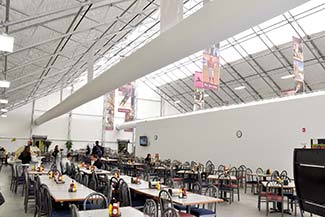

Leave a Reply